Vietnam and Cambodia are two captivating countries in Southeast Asia, rich in history, culture, and natural beauty. This 2-week Vietnam and Cambodia itinerary is designed to provide a comprehensive travel experience, allowing you to immerse yourself in the vibrant local cultures, stunning landscapes, and historical landmarks.
Information you need to know before beginning the Vietnam and Cambodia itinerary
Vietnam and Cambodia stand out as must-visit countries in Southeast Asia, offering an intoxicating mix of breathtaking natural beauty, rich cultural heritage, and warm hospitality.
Brief overview of Vietnam and Cambodia
Vietnam, known for its diverse landscapes, stretches from the lush rice terraces of the north to the pristine beaches of the south. The country is steeped in history, with influences from various dynasties and colonial powers. Key cities like Hanoi and Ho Chi Minh City showcase a mix of traditional and modern life, making them must-visit destinations.
Cambodia, on the other hand, is famous for its ancient temples, particularly Angkor Wat, which is a UNESCO World Heritage site. The country is also known for its rich culture and history. The capital, Phnom Penh, offers a vision of the nation’s past, while the coastal town of Sihanoukville provides a relaxing beach escape.
Why visit these countries
Trips to Vietnam and Cambodia allow travelers to experience some of the most breathtaking landscapes and vibrant cultures in Southeast Asia. The culinary delights are also a highlight, with street food in Vietnam offering flavors that are both unique and delicious. Additionally, the friendly locals and rich traditions enhance the travel experience, making it more immersive and meaningful.
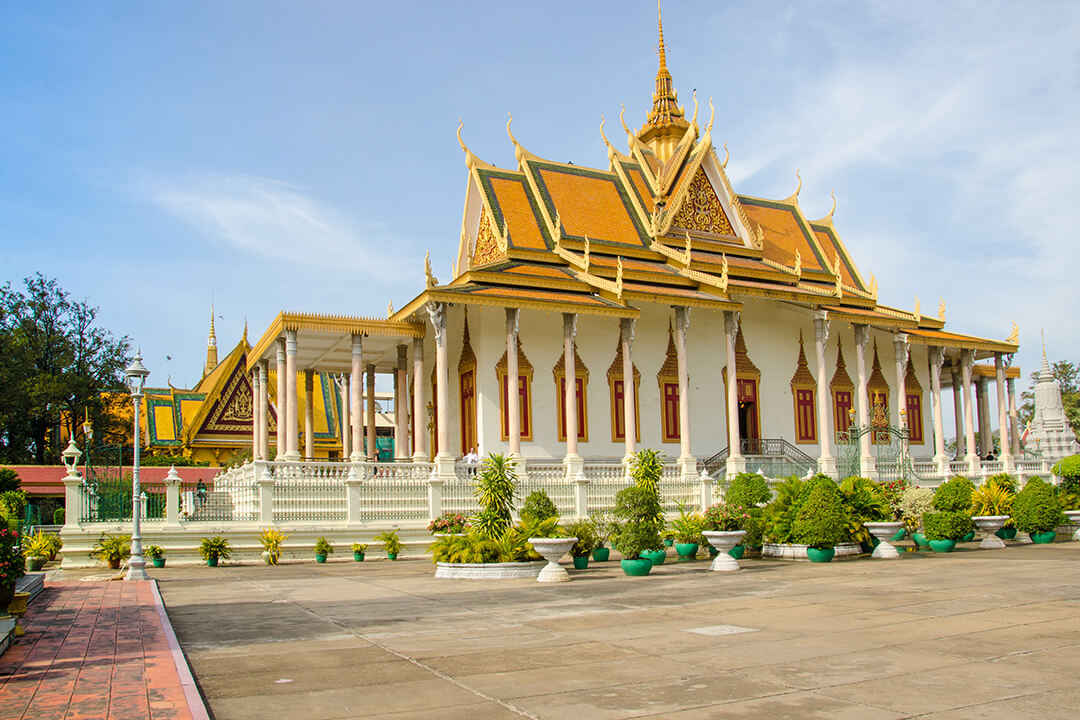
Both countries are relatively affordable, making them accessible for budget travelers. However, they also cater to luxury seekers with high-end accommodations and gourmet dining options. This versatility is part of what makes Vietnam and Cambodia tours such appealing.
Practical information
Before embarking on your Vietnam and Cambodia itinerary, it’s essential to be well-prepared with practical information. Understanding the best time to visit, visa requirements, and transportation options will help ensure a seamless travel experience.
Best time to visit
Choosing the right time to take a Vietnam Cambodia trip can significantly impact your travel experience. Both countries have tropical climates with distinct wet and dry seasons, but the best time to visit can vary depending on the regions you plan to explore.
For Vietnam:
- Northern Vietnam (including Hanoi and Ha Long Bay): The best time to visit is from October to April when the weather is cooler and drier. However, be prepared for chilly temperatures from December to February.
- Central Vietnam (including Hoi An): March to August offers the most pleasant weather, with lower rainfall and temperatures.
- Southern Vietnam (including Ho Chi Minh City): The dry season from December to April is ideal, with lower humidity and less rainfall.
For Cambodia:
- The most popular time to visit is from November to April during the dry season. This period offers cooler temperatures and less rainfall, making it ideal for exploring temples and outdoor attractions.
- May to October is the wet season, characterized by short, intense downpours usually in the afternoons. While this can affect travel plans, it’s also when the countryside is at its most lush and beautiful.
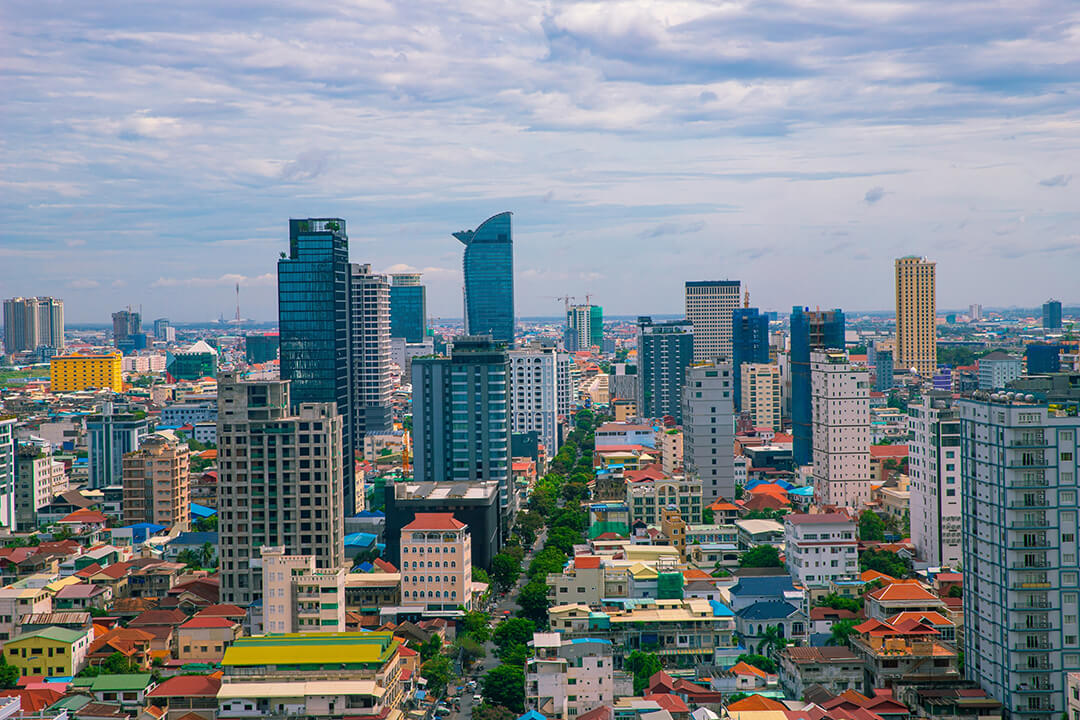
Overall, for this Vietnam Cambodia itinerary, the period from November to March is generally considered the best time to visit both countries. However, keep in mind that this is also the peak tourist season, so popular destinations may be more crowded and prices higher.
Visa requirements
Vietnam:
- Most visitors to Vietnam require a visa. However, citizens of some countries are eligible for visa exemptions for stays of 15-30 days.
- E-visas are available for citizens of many countries for stays up to 90 days. These can be obtained online before travel.
- Visa on arrival is another option, allowing foreigners to fly to Vietnam and have their visas stamped at Vietnam’s international airport.
- For stays longer than 90 days, you’ll need to apply for a visa at a Vietnamese embassy or consulate.
Cambodia:
- Most visitors can obtain a visa on arrival at major entry points, including airports and land borders.
- E-visas are available for tourists and can be obtained online before travel. However, these are only valid for entry at certain checkpoints.
- Visa-free entry is available for citizens of some Southeast Asian countries.
Always check the most up-to-date visa information before your trip, as requirements can change. It’s also advisable to ensure your passport is valid for at least six months beyond your planned stay.
Transportation options
Efficient transportation is key to making the most of your Vietnam and Cambodia itinerary. Here are the main options to consider:
- Flights: For longer distances, domestic flights are a time-efficient option. Both Vietnam and Cambodia have well-developed networks of domestic airlines connecting major cities and tourist destinations.
- Trains: In Vietnam, the Thong Nhat Railway runs the length of the country from Hanoi to Ho Chi Minh City. While slower than flying, it offers a unique and scenic travel experience.
- Buses: Long-distance buses are an economical option for traveling between cities in both countries. Sleeper buses are common for overnight journeys.
- Taxis and car booking apps: In cities, taxis are readily available. Car booking apps are also popular and often more convenient.
- Motorbikes: Renting a motorbike is a popular option for short distances, especially in smaller towns. However, be aware of the risks and ensure you have proper insurance.
- Tuk-tuks: In Cambodia, tuk-tuks are a common and fun way to get around cities and even for short trips between nearby towns.
- Boats: River and sea transportation play a significant role, especially in visiting places like Ha Long Bay in Vietnam or Tonle Sap Lake in Cambodia.
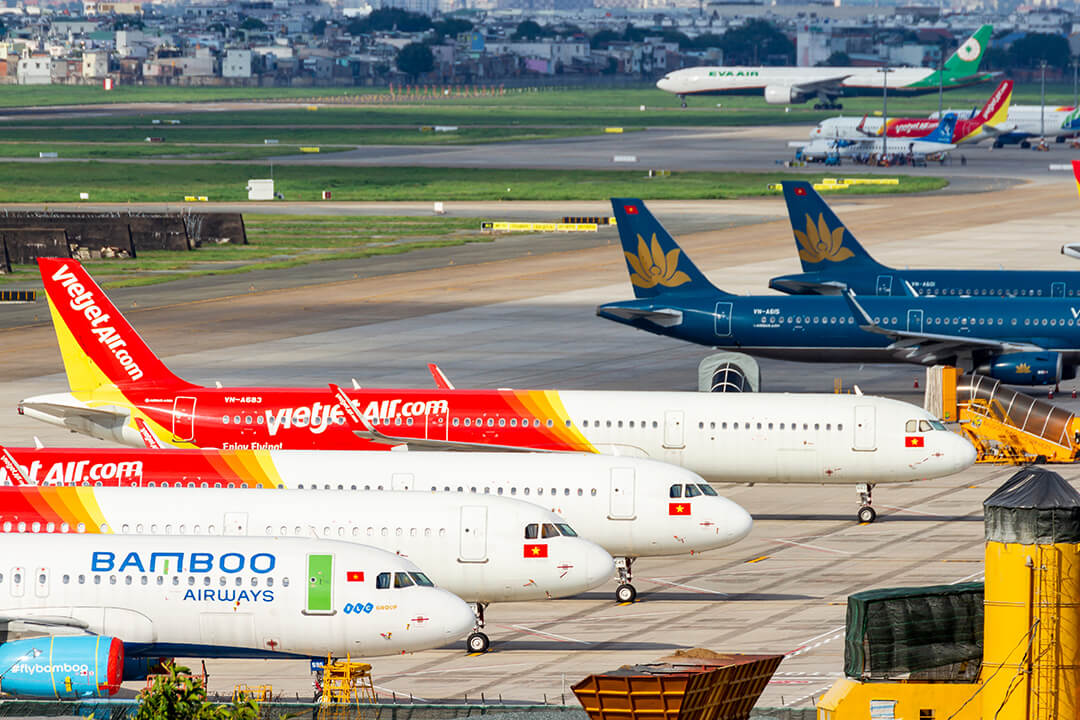
Week 1 of Vietnam and Cambodia travel itinerary: Vietnam
For your first week of the Vietnam and Cambodia travel itinerary, let’s begin with Vietnam. It is a country of contrasts, where ancient traditions meet modernity. This week will take you through iconic locations, each offering unique experiences.
Day 1-2: Hanoi
Start your journey in Hanoi, the capital city known for its centuries-old architecture and rich culture. Spend your first day exploring the Old Quarter, where narrow streets are lined with shops selling everything from silk to street food. Don’t miss trying the famous pho and egg coffee, a local delicacy.
Things you might be interested in:
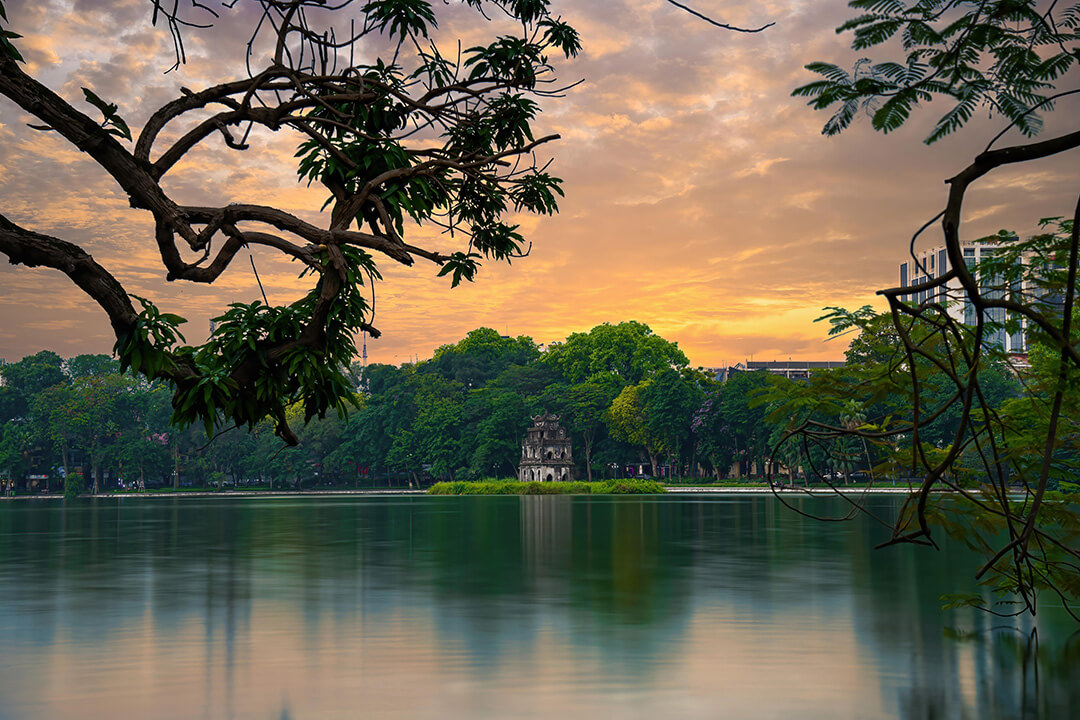
On your second day, visit significant historical sites such as the Ho Chi Minh Mausoleum, the One Pillar Pagoda, and the Temple of Literature. Each location offers insights into Vietnam’s history and culture. In the evening, enjoy a traditional water puppet show, a unique art form that dates back to the 11th century.
Day 3-4: Ha Long Bay
After Hanoi, head to Ha Long Bay, a UNESCO World Heritage site known for its emerald waters and thousands of limestone islands topped with rainforests. A cruise through the bay is a must, allowing you to explore caves, swim in secluded beaches, and enjoy fresh seafood.
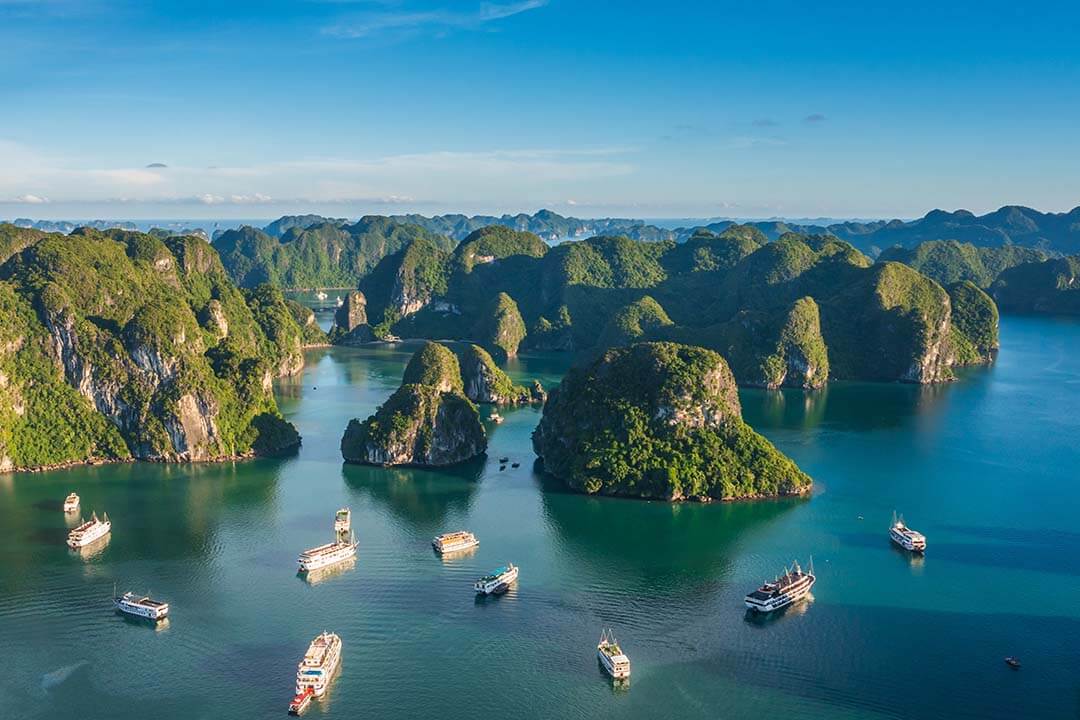
Spend your nights on a cruise boat, where you can relax and take in the stunning views. Participating in activities like kayaking or visiting floating fishing villages adds to the experience. Ha Long Bay is truly a highlight of any Vietnam itinerary.
Day 5-6: Hoi An
Next, travel to Hoi An – one in the best tourist cities in Vietnam also as a charming town famous for its well-preserved Ancient Town, a UNESCO World Heritage site. Spend your days wandering through the lantern-lit streets, visiting the Japanese Covered Bridge, and exploring local markets.
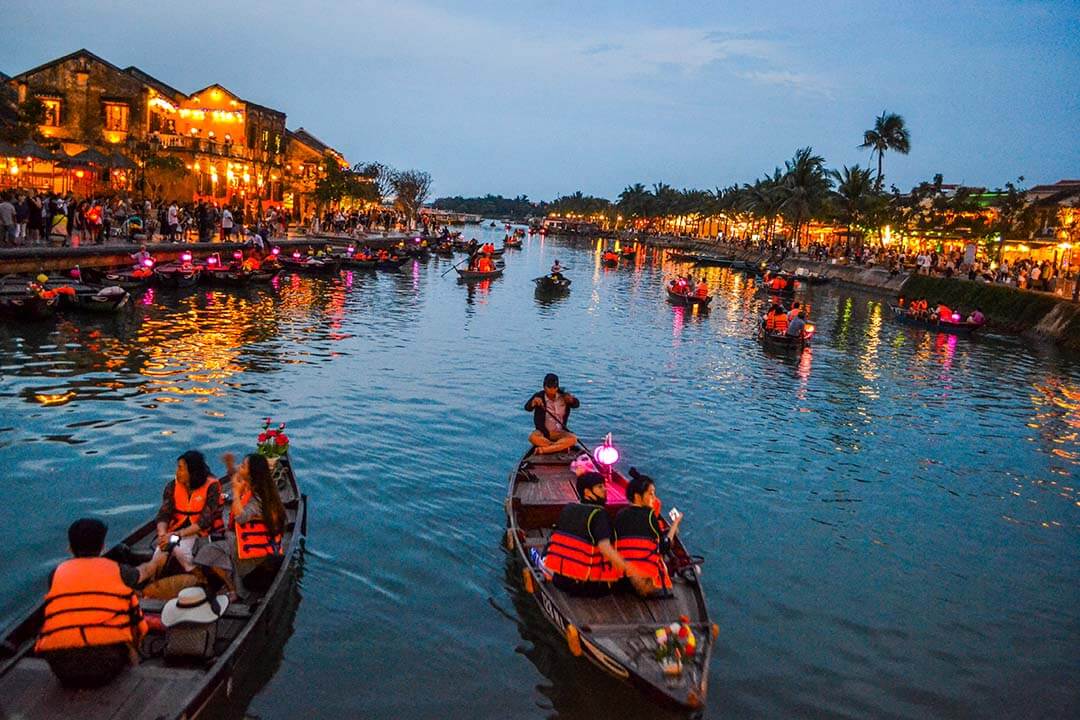
Take a cooking class to learn about Vietnamese cuisine, or relax on the nearby An Bang Beach. Hoi An is also known for its tailor shops, where you can have custom clothing made in just a day or two. The blend of history, culture, and relaxation makes Hoi An a perfect stop on your journey.
Day 7: Ho Chi Minh City
Conclude your week in Ho Chi Minh City, formerly known as Saigon. This bustling metropolis is the economic hub of Vietnam, filled with energy and excitement. Visit the War Remnants Museum to gain insight into the Vietnam War, and explore the historic Reunification Palace.
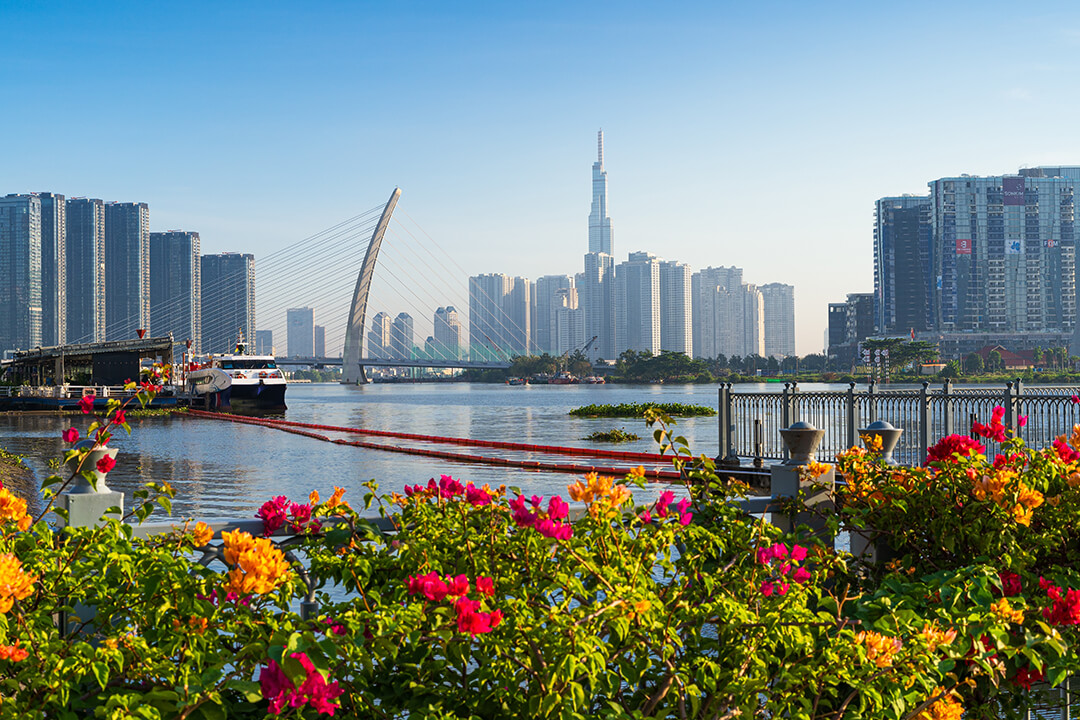
In the evening, enjoy the vibrant nightlife of the city. Try local dishes like banh mi and go out for drinks at rooftop bars overlooking the skyline. Ho Chi Minh City offers a dynamic contrast to the serene landscapes of the previous destinations.
Things you might be interested in:
Week 2 of Vietnam Cambodia trip: Cambodia
After an enriching week in Vietnam, it’s time to delve into the wonders of Cambodia. This week will take you through its capital and the iconic Angkor temples.
Day 8-9: Phnom Penh
Begin your Cambodian adventure in Phnom Penh, the capital city. Start by visiting the Royal Palace and Silver Pagoda, where you can admire stunning architecture and learn about the Cambodian monarchy. The National Museum is another must-visit, showcasing Khmer art and history.
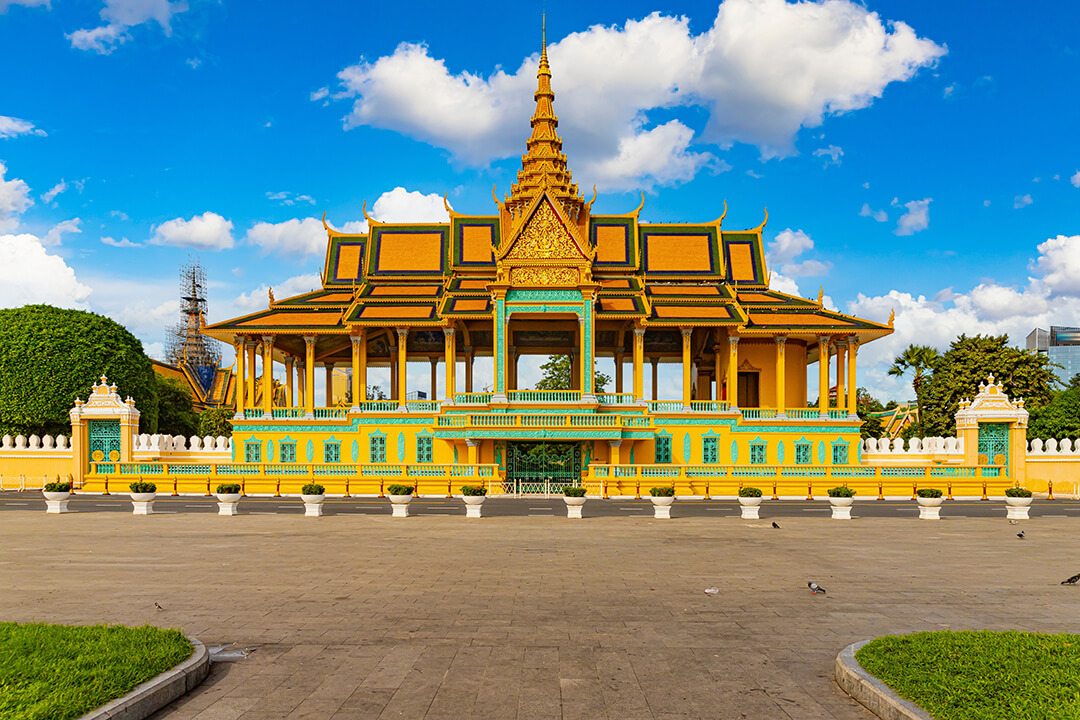
On your second day, take a sobering trip to the Killing Fields and Tuol Sleng Genocide Museum to understand the tragic history of the Khmer Rouge. While this experience is heavy, it’s essential for grasping the resilience of the Cambodian people.
Day 10-12: Siem Reap and Angkor Wat
Travel to Siem Reap, the gateway to the Angkor Archaeological Park. Spend three days exploring the magnificent temples, starting with the iconic Angkor Wat at sunrise. The sheer size and intricate carvings of this temple are breathtaking.
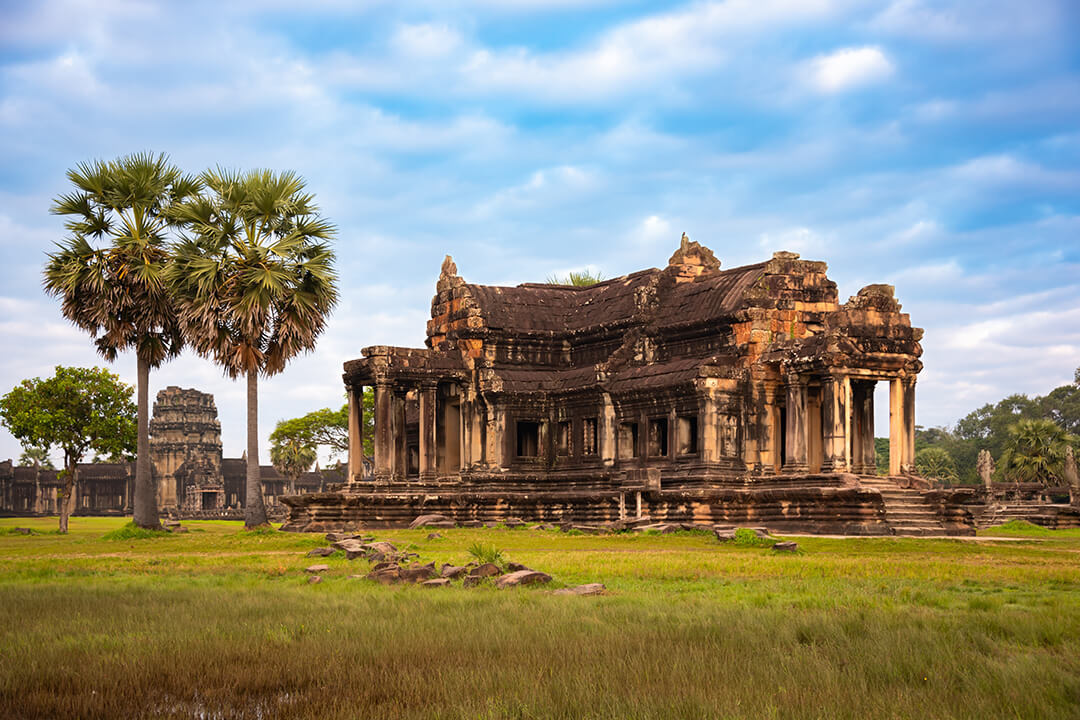
Other notable temples include Bayon Temple, known for its smiling stone faces, and Ta Prohm, where nature intertwines with ancient structures. Consider hiring a local guide to enrich your experience with historical context. Siem Reap also offers a vibrant night market and opportunities for cultural performances.
Day 13-14: Sihanoukville
Conclude your journey in Sihanoukville, a coastal city known for its beautiful beaches. Spend your days relaxing on the sandy shores of Serendipity Beach or Otres Beach. Enjoy water activities such as snorkeling or boat trips to nearby islands.
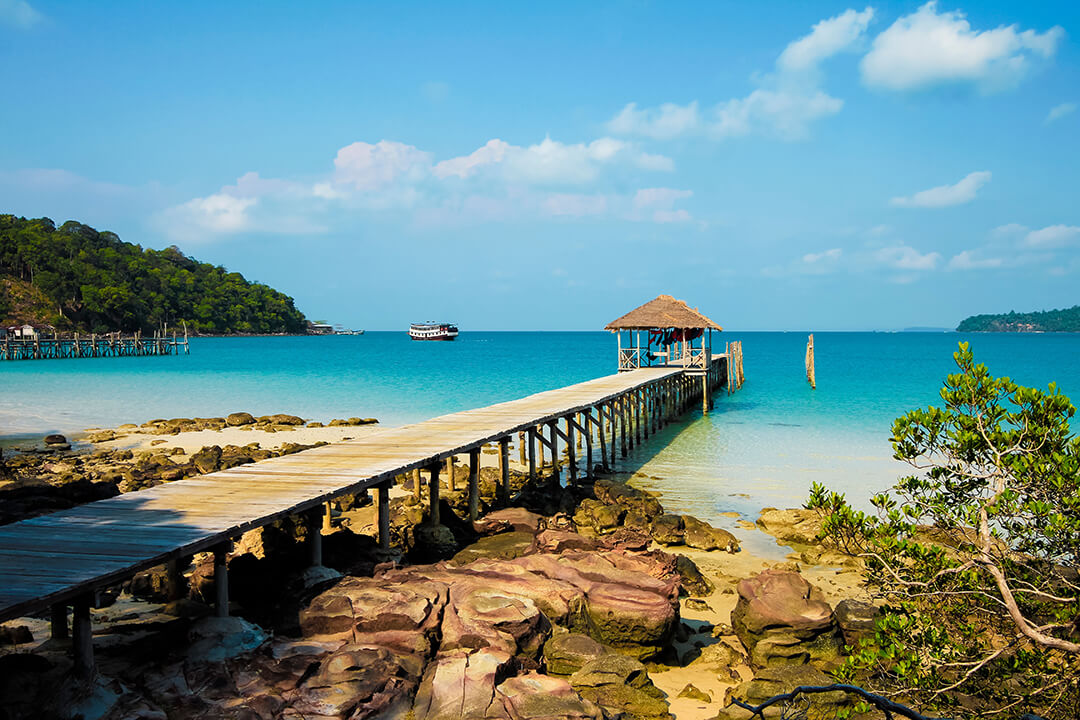
Sihanoukville is also great for reflecting on your Vietnam and Cambodia tour. Indulge in fresh seafood and enjoy the laid-back atmosphere before heading back home.
A 2-week Vietnam and Cambodia itinerary offers a perfect blend of culture, history, and natural beauty. Remember to keep these travel tips in mind for a smoother journey, and embrace the rich experiences that Southeast Asia has to offer. Whether you’re a first-time traveler or a seasoned explorer, this itinerary is sure to inspire your next adventure. Don’t forget to check the Vietnam Travel Tips blog for more amazing travel itineraries!


